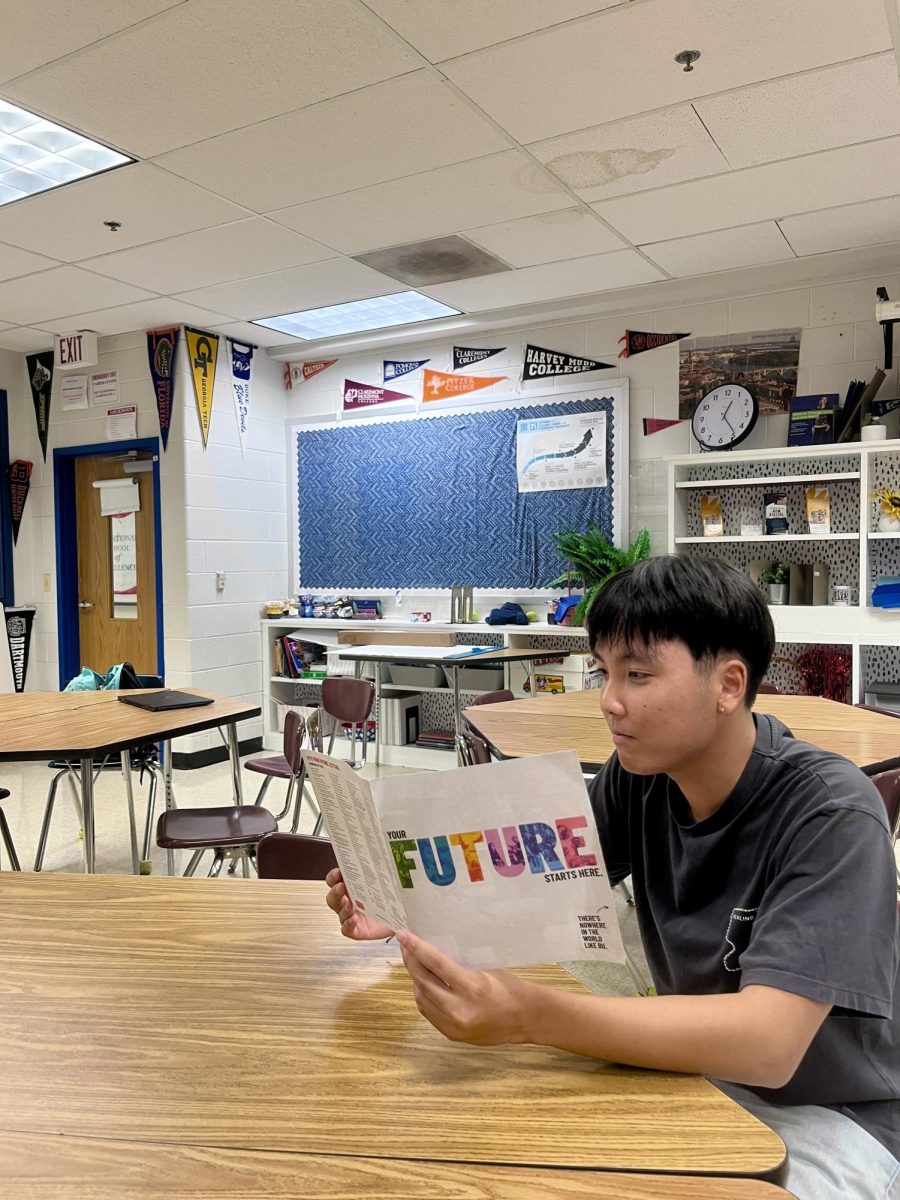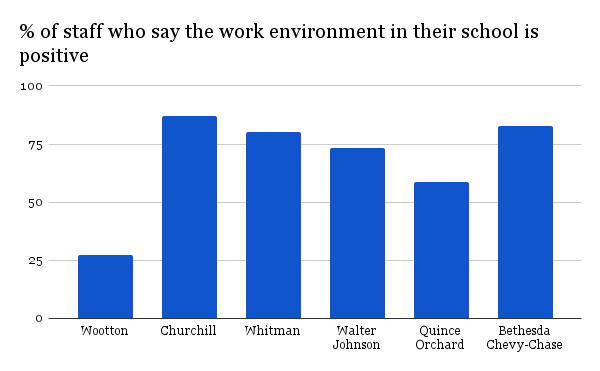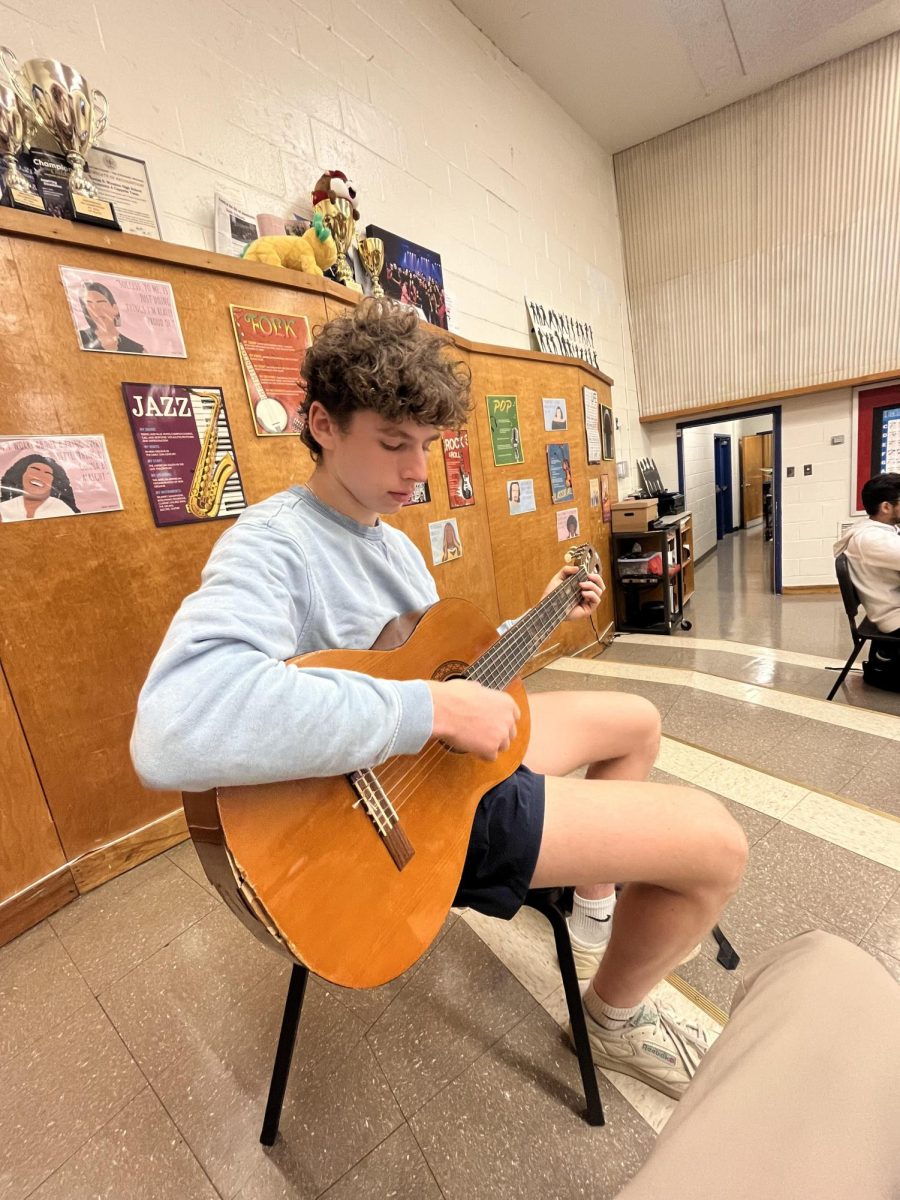At the heart of any great high school experience is a sense of community – a feeling that we’re all in this together. While academics are essential, the classes that connect students, encourage leadership and build collaboration often leave the strongest mark. Whether it’s electives like SGA, newspaper, law or child development, or core classes like AP Government, honors English and any language class, these courses help shape the culture and spirit of our school in powerful ways.
SGA is one of the most active and visible forces on campus. From planning pep rallies to organizing fun events like winter ball, SGA empowers students to lead, speak up, and represent their classmates. Members learn to collaborate, listen and make decisions that impact the entire school. It’s not just about planning events – it’s about building real relationships with students, staff and the wider community. When the student-led ideas come to life, it sends a powerful message saying: your voices matter here.
Senior class planning is another space where students take ownership of their high school experience. From designing prom and homecoming floats to choosing class shirts, this class helps students work together toward shared goals. What makes it special is the sense of unity it creates – everyone coming together to celebrate everything they’ve achieved over the past four years. It’s more than event planning; it’s about building pride and lasting memories. “I think SGA has built a sense of community through working together on one common goal, which is to make sure every student’s voice is heard, as well as building a strong sense of student engagement so that students feel supported and heard in school,” junior Jillian Nalibotsky.
Child development may be a quiet class, but its impact is just as important. It teaches empathy, patience, and responsibility — skills that benefit all relationships, not just those with children. According to Elizabeth Robinson, counseling department resource teacher, child development builds a sense of community because “students become part of a team of teachers responsible for the day-to-day workings of a preschool. Students will have direct interaction with four-year-old children and work together to develop age-appropriate lessons for the pre-school children.”
These same ideas show up in core classes, too. AP Government and law classes help students understand real-world systems and current events. Through discussion and debate, students learn how to express their views respectfully and think critically about society. These classes encourage active citizenship and help build a culture of awareness and fairness. “I think AP gov builds a sense of community because students work together to understand real-world issues,” sophomore Elena Bernal said.
In subjects like honors algebra two and biology, teamwork is essential. Students collaborate on math problems, conduct experiments in labs and learn by helping one another. English classes encourage students to connect with literature and with each other through writing and discussion. These activities build both academic skills and classroom relationships.
Language classes, such as Spanish, also build community. Learning a new language allows students to explore cultures and communicate with a wider range of people. Through partner conversations, group projects and cultural activities, students practice empathy and global awareness – essential parts of a strong community. “I think it’s very difficult for students to learn another language and because of this, I think students work hard to communicate with each other properly through motions and conversations, overall building a sense of community,” junior Mia Coven said.
Newspaper and yearbook give students a platform to tell our school’s story. Whether it’s highlighting achievements or documenting milestones, these classes celebrate what brings us together. They take creativity, communication and teamwork, just like every class that helps us grow.


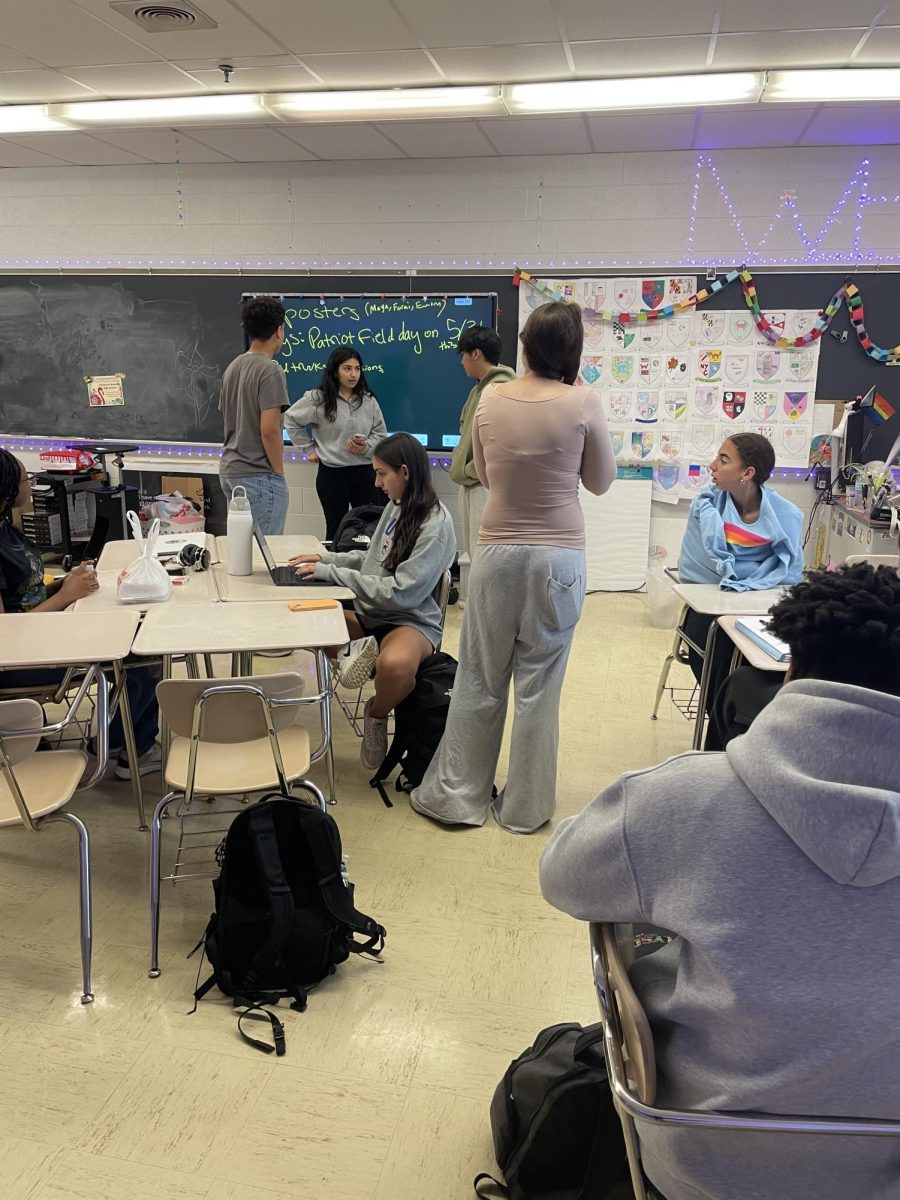
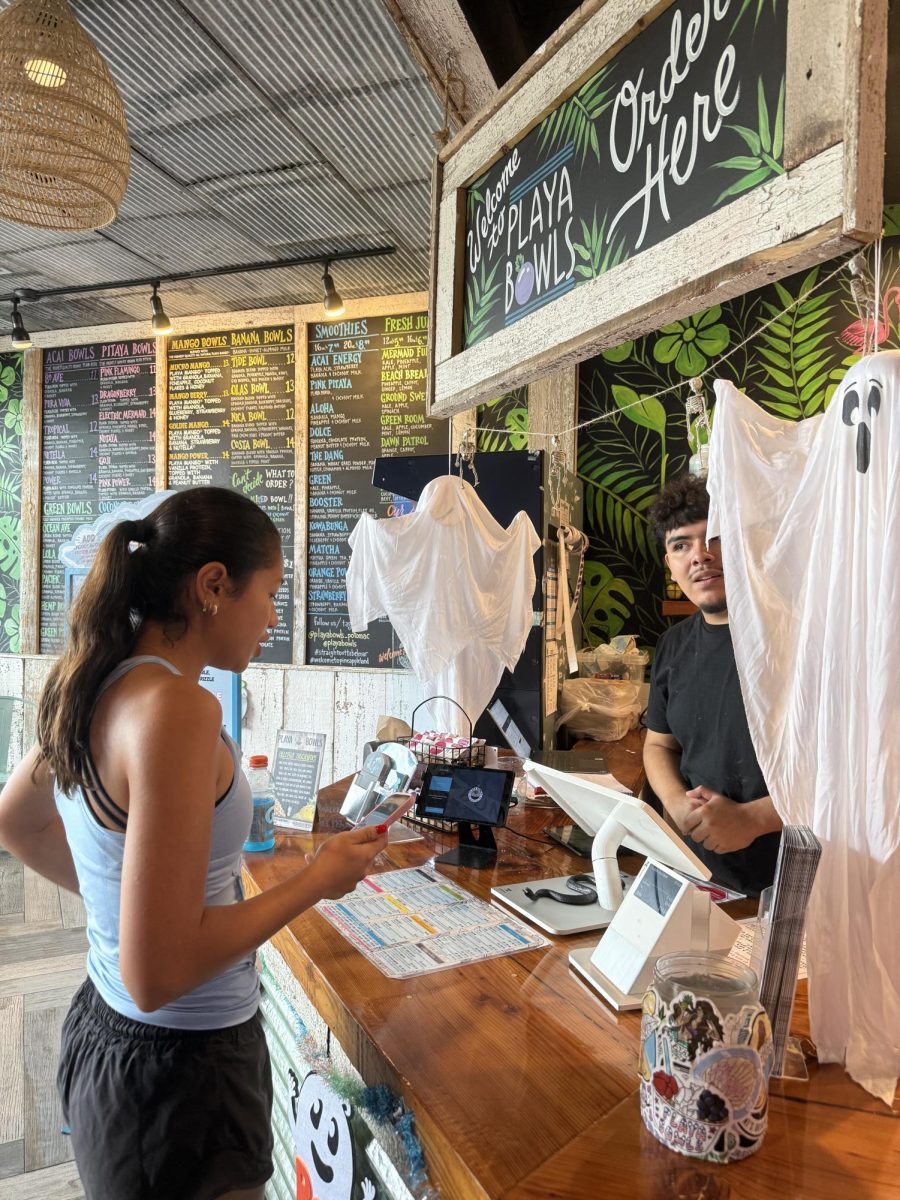
![Editors-in-Chief Ahmed Ibrahim, Helen Manolis, Cameron Cowen, Alex Grainger, Emory Scofield, Hayley Gottesman, Rebekah Buchman and Marley Hoffman create the first print magazine of the year during the October press days. “Only a quarter of the schools in MCPS have programs that are like ours, a thriving, robust program. That makes me really sad. This is not just good for [the student journalists] to be doing this, it’s good for the entire community. What [student journalists] provide to the community is a faith in journalism and that continues for their lifetimes," Starr said.](https://woottoncommonsense.com/wp-content/uploads/2025/10/wmpoFTZkCPiVA3YXA4tnGoSsZ4KmnKYBIfr18p3l-900x1200.jpg)
